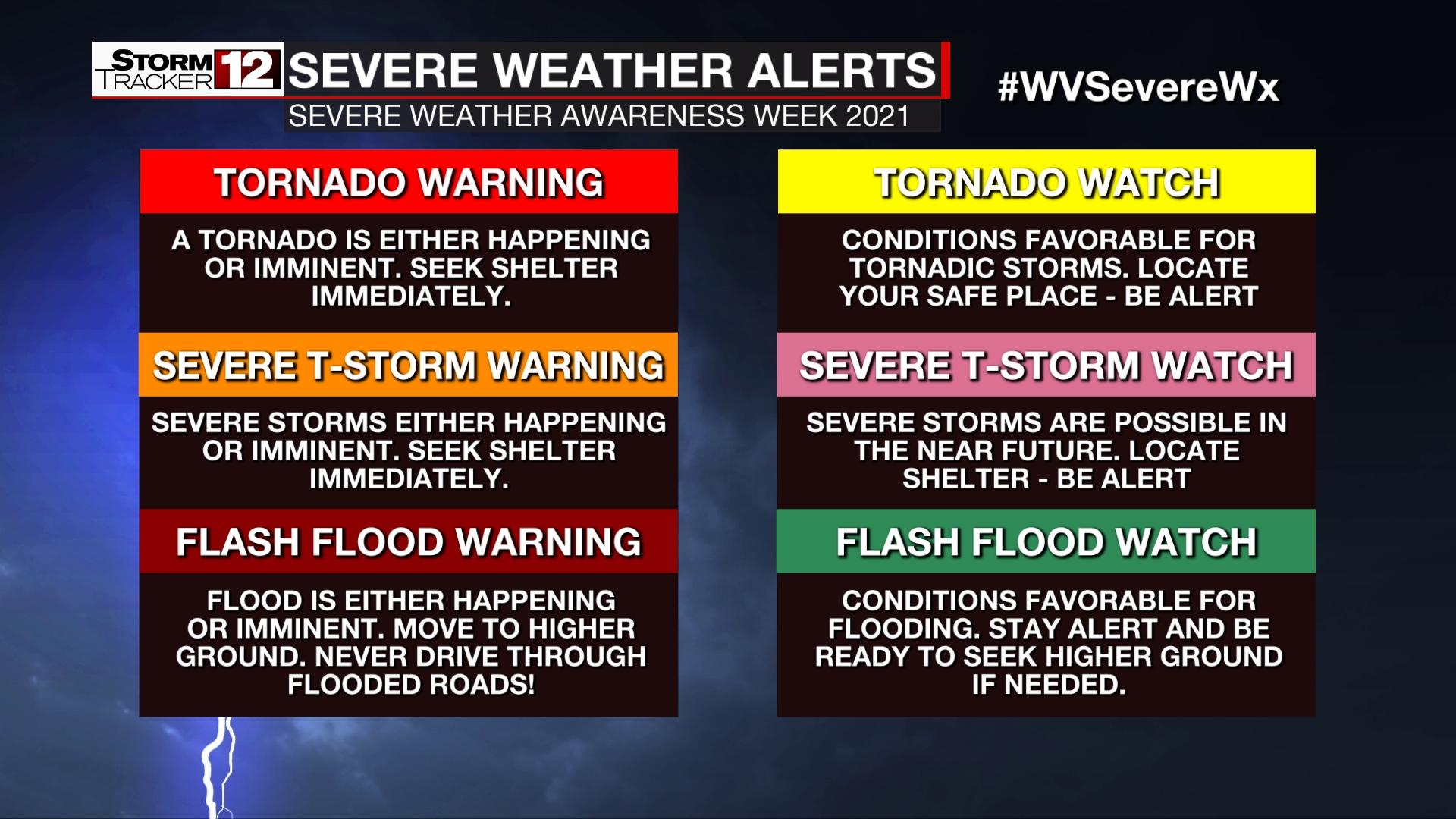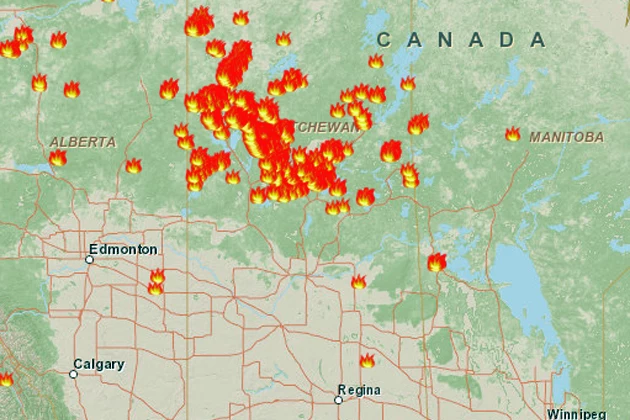Active Vs. Expired Storm Alerts: Your Guide To Carolina Severe Weather Safety

Table of Contents
Understanding Active Storm Alerts in the Carolinas
What constitutes an "active" alert?
An active storm alert signifies that a severe weather event is currently happening or is imminent in your area. This is not the time for complacency; immediate action is required. Active alerts are issued by the National Weather Service (NWS) and represent a real and present danger.
- Types of active alerts: Active alerts can include tornado warnings, flash flood warnings, severe thunderstorm warnings, hurricane warnings, blizzard warnings, and winter storm warnings, among others. Each requires a specific response based on the threat.
- How active alerts are disseminated: You'll receive active alerts through various channels, including NOAA Weather Radio, wireless emergency alerts (WEA) on your smartphone, local news broadcasts (TV and radio), and weather apps like The Weather Channel or AccuWeather.
- The urgency and immediacy of action: Active alerts demand immediate action. Delaying your response could put you and your loved ones at serious risk.
Actionable Steps During an Active Alert
The specific actions you take will depend on the type of active alert issued, but some general guidelines apply:
- Seek shelter: Find a safe, sturdy shelter immediately. If a tornado warning is issued, go to a basement or an interior room on the lowest floor of a sturdy building. Avoid windows. For flooding, move to higher ground.
- Secure property: Bring loose outdoor objects inside to prevent damage. If you have time, secure your vehicle in a garage or away from potential hazards.
- Monitor updates: Continue monitoring weather reports through your chosen reliable sources for updates and changes in the situation.
- Stay informed: Do not rely solely on one source of information. Cross-reference alerts from multiple sources.
- Emergency contact information: Ensure you have emergency contact information readily available, and let someone know your location and safety plan.
Recognizing and Responding to Expired Storm Alerts
What does an "expired" alert signify?
An expired storm alert means that the immediate threat of severe weather has passed. However, this doesn't mean you can completely relax.
- How to identify an expired alert: Expired alerts are typically indicated as such on weather apps and broadcasts. They will often show a timestamp indicating when the alert was canceled.
- The importance of checking for updated alerts: Even after an alert expires, conditions can change rapidly. Continue to monitor weather reports for any new alerts or advisories.
- Assessing damage and reporting: Once the immediate danger has passed, assess any damage to your property and report significant issues to local authorities.
Post-Alert Safety Precautions
After a severe weather event, even with an expired alert, remain vigilant:
- Checking for property damage: Carefully inspect your home and property for damage, looking for structural issues, downed power lines, or other hazards.
- Checking on neighbors: Check on your neighbors, especially elderly or vulnerable individuals, to ensure their safety and well-being.
- Lingering hazards: Be aware of lingering hazards such as downed power lines, debris, and standing water, which can pose significant risks.
- Potential secondary impacts: Understand that some severe weather events can have secondary impacts. For example, heavy rain after a thunderstorm can lead to flash flooding, even after the storm has passed.
Utilizing Weather Resources for Carolina Severe Weather
Reliable Sources of Weather Information
Staying informed is key to Carolina severe weather safety. Use these reliable resources:
- National Weather Service (NWS): The NWS provides official forecasts, warnings, and alerts.
- Local news channels: Local news channels often provide up-to-the-minute weather updates specific to your area.
- Reputable weather apps: Apps like The Weather Channel, AccuWeather, and WeatherBug can deliver alerts directly to your smartphone.
- NOAA Weather Radio: A NOAA Weather Radio provides continuous weather information and alerts, even during power outages.
Understanding Different Alert Types
It's crucial to understand the difference between watches, warnings, and advisories:
- Watch: A watch means conditions are favorable for severe weather to develop. Stay informed and be prepared to take action.
- Warning: A warning means severe weather is occurring or is imminent. Take immediate action to protect yourself and your property.
- Advisory: An advisory indicates less serious weather conditions that could still cause inconvenience (e.g., dense fog advisory).
Setting up Weather Alerts on Your Devices
Setting up weather alerts on your devices is straightforward:
- Smartphones: Most smartphones have built-in settings to receive wireless emergency alerts (WEA). Many weather apps also allow you to customize alert settings based on your location and preferred weather events.
- Computers: Many weather websites allow you to receive email or browser notifications for weather alerts.
- Weather radios: NOAA Weather Radios require minimal setup; simply plug them in and select your desired location.
Conclusion
Understanding the difference between active and expired storm alerts is paramount for ensuring your safety during Carolina severe weather. Remember that an active alert demands immediate action, while an expired alert requires continued vigilance. Stay informed using reliable resources, understand the meaning of active and expired storm alerts, and prepare an emergency plan to ensure personal safety. Stay safe this severe weather season in the Carolinas by understanding the difference between active and expired storm alerts. Develop your severe weather safety plan today!

Featured Posts
-
 Crypto Kidnapping Case Nypd Detective From Mayor Adams Security Detail Under Investigation
May 31, 2025
Crypto Kidnapping Case Nypd Detective From Mayor Adams Security Detail Under Investigation
May 31, 2025 -
 Unlocking Faster Homebuilding The Importance Of Provincial Action
May 31, 2025
Unlocking Faster Homebuilding The Importance Of Provincial Action
May 31, 2025 -
 Ingenierie Castor Et Restauration Fluviale Resultats D Une Etude Dans La Drome
May 31, 2025
Ingenierie Castor Et Restauration Fluviale Resultats D Une Etude Dans La Drome
May 31, 2025 -
 Air Quality Alert Minnesota Impacted By Canadian Wildfires
May 31, 2025
Air Quality Alert Minnesota Impacted By Canadian Wildfires
May 31, 2025 -
 Giro D Italia 2024 Papal Audience And Vatican City Stage
May 31, 2025
Giro D Italia 2024 Papal Audience And Vatican City Stage
May 31, 2025
